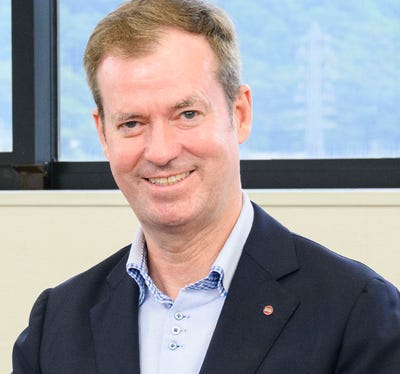EV Cooling Components Can Be Molded from Less Heat-resistant Plastics
Japan’s Polyplastics says POM and PP can replace the likes of higher-cost PPS, which is typically used to channel coolant in internal combustion engines.
November 10, 2023

The Polyplastics Group, a global supplier of engineering thermoplastics, has introduced an approach for using less heat-resistant plastics for battery electric vehicle (BEV) cooling components. Polyplastics sees strong potential for plastics such as polyacetal (POM) and polypropylene (PP) for the production of EV cooling components.
Internal combustion engine (ICE) automobiles use a long-life coolant (LLC) that is primarily made of ethylene glycol. The coolant in engines is typically maintained at a temperature of 70° to 100°C but can rise to 120°C or higher if the engine overheats. Therefore, metals or high-heat-resistant plastics like polyphenylene sulfide (PPS) are used in the cooling components and lines.
BEVs do not have engines as heat sources and, therefore, require an LLC temperature of 100°C or lower to cool the battery. This allows for the use of less heat-resistant materials for BEV-specific components.
As the automotive industry moves from traditional ICE vehicles to BEVs, OEMs and part manufacturers are re-imagining the types of materials that can meet the new thermal management needs. Polyplastics believes that less-heat-resistant plastics like POM and PP have significant potential in the manufacture of EV cooling components.
When the temperature of an LLC is 100°C or lower, general-purpose engineering plastics like POM or PP can be used instead of metals or high-performance engineering plastics. In the case of PP, Polyplastics sees potential for PP-LGF (long glass fiber) instead of short glass fiber to increase strength, dimensional accuracy, and overall performance. It also offers Duracon bG-POM made with biomass as an eco-friendly option.
Replacing highly heat-resistant plastics such as PPS with POM and PP not only reduces material costs but also helps reduce the carbon footprint of materials and energy consumption during molding.
About the Author(s)
You May Also Like




